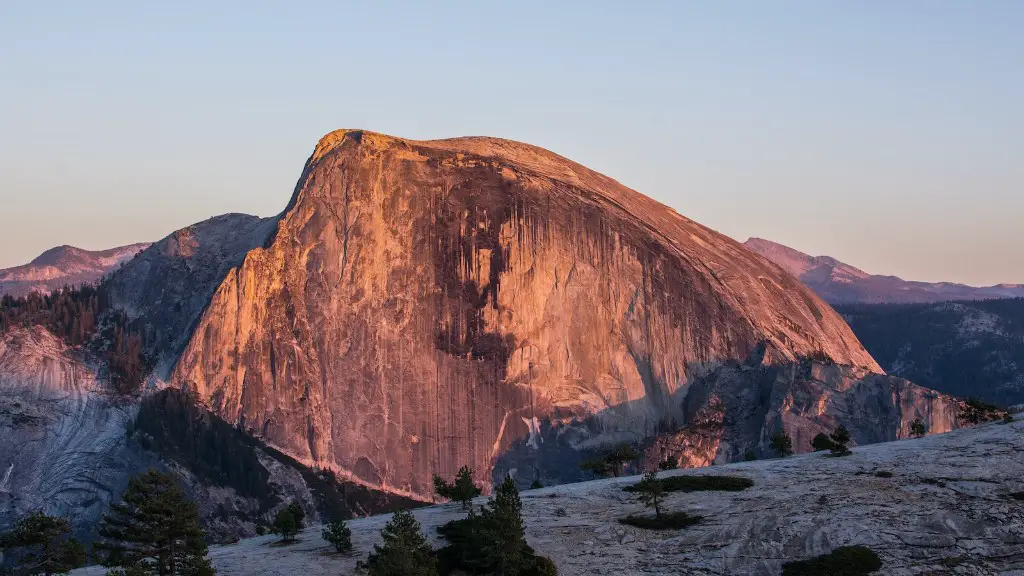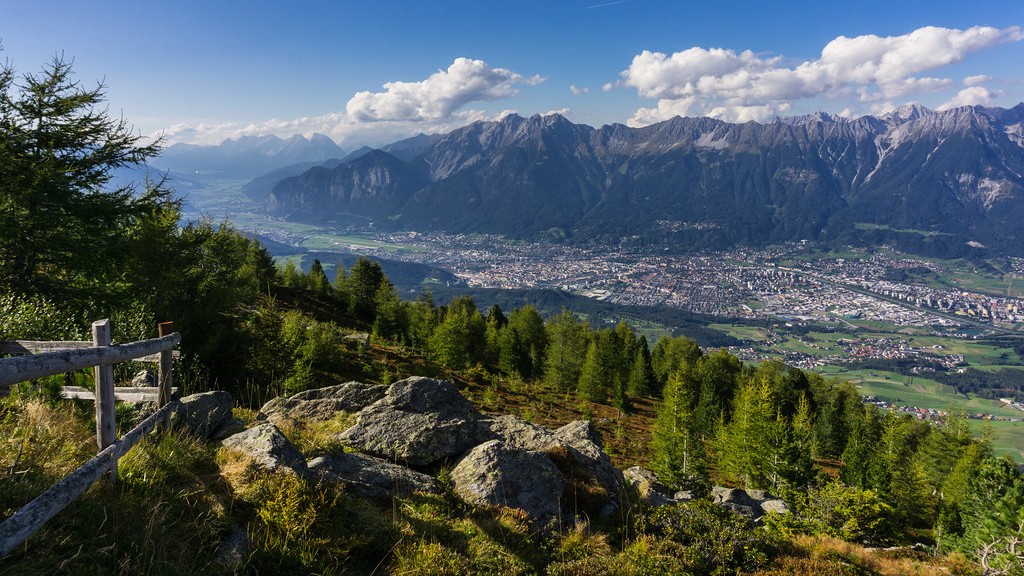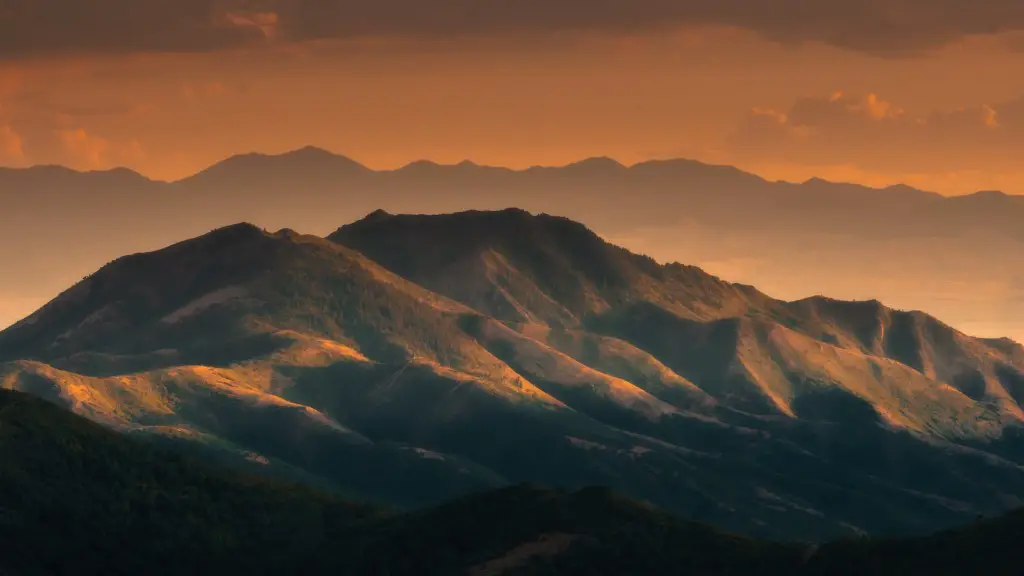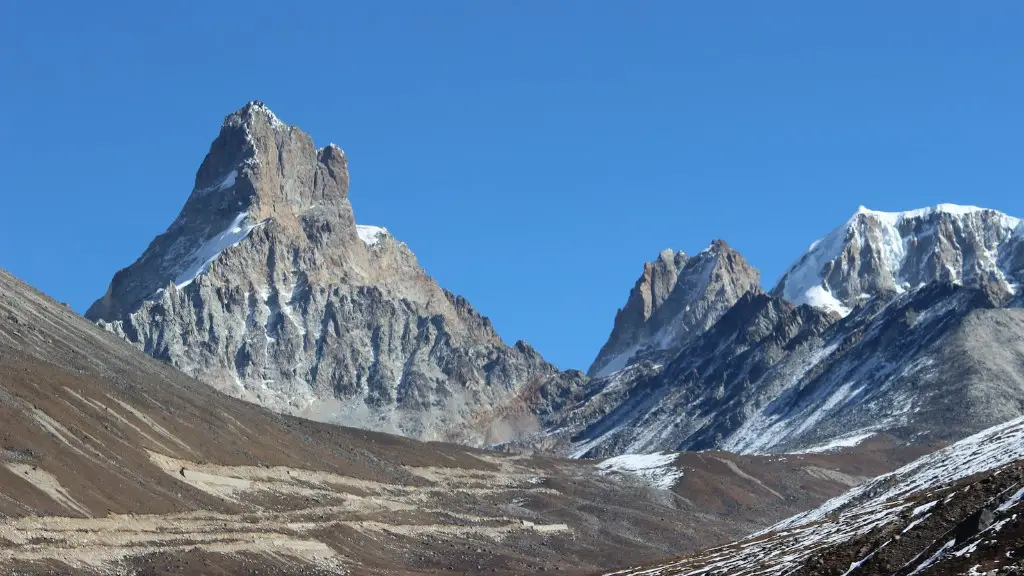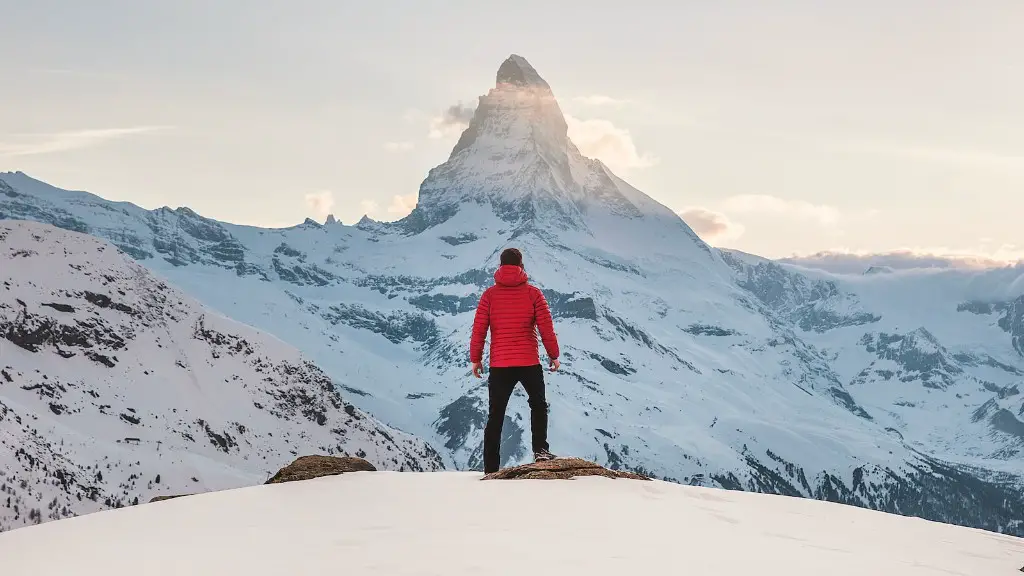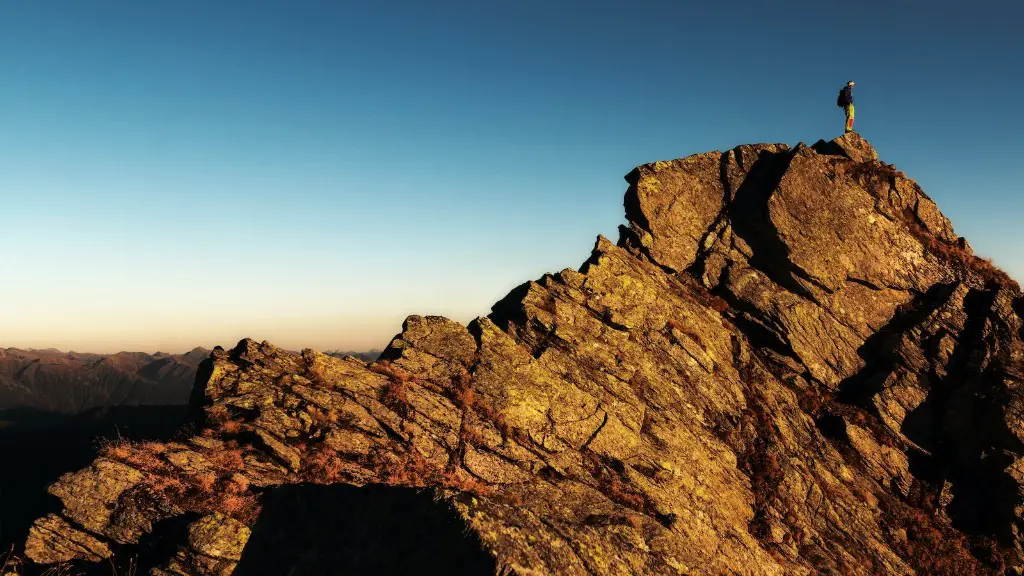At 19,341 feet, Mount Kilimanjaro is the tallest mountain in Africa and one of the Seven Summits. The summit of Mount Kilimanjaro is the point of the volcanoes highest elevation above sea level. The mountain is located in Kilimanjaro National Park, which is about 125 miles (200 kilometers) from the capital city of Tanzania, Dodoma. The closest large town is Moshi, which is about 45 miles (72 kilometers) from the park entrance.
The average temperature at the summit of Mount Kilimanjaro is -5°C. However, it can range from -10°C to -15°C, depending on the time of year.
How cold does it get at the top of Mount Kilimanjaro?
The weather on Mount Kilimanjaro’s summit can be very cold, even in the middle of summer. At night, the temperatures can dip below freezing. It’s important to be prepared for these conditions if you’re planning on summiting the mountain.
Please dress warmly and take care if you need to be outside!
Why is it so cold at the top of Kilimanjaro
The wind chill factor is a big factor that drives the temperature at the top of Mount Kilimanjaro. The wind chill can make a relatively cold night, like -2 degrees Celsius (28 degrees Fahrenheit), feel like -15 degrees Celsius (5 degrees Fahrenheit).
If you’re interested in climbing Mount Kilimanjaro, January and February are two of the best months to do so. The weather is generally warm and clear during these months, although you may see some clouds and rain in the afternoon. Either way, it’s a great time to take on this challenge.
Can you breathe at the top of Mount Kilimanjaro?
The air pressure and amount of oxygen is less at high altitudes which makes it difficult to breathe. It is most common at altitudes above 2400 metres. Kilimanjaro’s peak is nearly 6000 metres above sea level and it is difficult to breathe at this height.
Kilimanjaro’s altitude is a significant challenge, but climbers do not need supplemental oxygen to climb Kilimanjaro or reach the summit. To reach to the summit, you use the acclimatization method of walking slowly “pole pole” and climbing high, but sleeping low.
Can you climb Kilimanjaro in 5 days?
There are a total of six different routes that you can use to climb Mount Kilimanjaro. The shortest possible way to the summit is by the Marangu or the Umbwe Route. These routes can be completed in 5 days, but we don’t recommend it for most hikers.
It takes five to nine days to reach the Mount Kilimanjaro Summit and then descend to the finishing point. The more days spent on Mount Kilimanjaro, the more likely you will successfully summit, as you will become more acclimatised to the altitude and will be less fatigued.
How many hours a day do you hike on Kilimanjaro
It’s important to pace yourself on summit day, as it is a long and strenuous hike. Make sure to take breaks and drink plenty of water to stay hydrated. starting early in the morning will help you avoid the crowds and the heat of the day.
How many people die on Kilimanjaro every year?
Approximately 30,000 people attempt to Climb Mount Kilimanjaro every year and on average the reported number of deaths is about 3 to 10 fatalities per year.
Do you need altitude sickness tablets for Kilimanjaro?
Yes, it is worth taking altitude sickness tablets on Kilimanjaro. Diamox will help you reach the summit safely and should be considered a worthy investment. We recommend taking Diamox for 2-3 days 2 weeks before departure to test whether you experience any side effects.
At the summit of Mount Kilimanjaro, the air is much thinner than at sea level, which means there is less oxygen available. The percentage of blood oxygen saturation (SaO2) is an indicator of how well your body is acclimatizing to the altitude. A low SaO2 can cause altitude sickness, so it is important to monitor your saturation level and heart rate when climbing to high altitudes.
Can a beginner climb Kilimanjaro
Climbing Kilimanjaro is a challenge that should not be taken lightly. If you are not prepared mentally and physically, the experience can be overwhelming and disappointing.
That being said, with the right preparation and motivation, anyone can climb Kilimanjaro successfully. The first step is to do your research and be realistic about what you can expect.
This means being honest with yourself about your fitness level, understanding the different routes up the mountain and the conditions you can expect on each, and knowing what gear you will need.
You should also be aware of the costs involved, both in terms of money and time. This is a significant investment, and it is important to be sure you are prepared to commit before you start.
Once you have done your research and you are confident that you are ready to take on the challenge, the best way to have a successful and enjoyable experience is to choose a reputable company with experienced guides.
They will be able to help you prepare for the climb, manage expectations, and make sure you have the best possible experience.
The Western Breach Route on Mount Kilimanjaro is considered to be dangerous due to the potential for rock falls. While this area has seen some tragic deaths in the past, the other routes up the mountain are safe and should be used instead.
Is Kilimanjaro or Everest harder?
While both Kilimanjaro and Everest Base Camp are difficult treks, most people feel that Kilimanjaro is actually the harder of the two. The main reason for this is summit night – it’s a biggie. Kilimanjaro is a much taller mountain than Everest, and thus, summit night is much longer and more difficult. Additionally, the thin air at high altitudes makes it even more challenging.
The average cost to climb Kilimanjaro is $2000 to $6000, which is quite a range. You can find some cheap, budget operators, but be aware that the large Western travel agents might try to sell you an outsourced climb at an inflated price. There are various, unavoidable fixed costs to any tour operator, so if a climb seems too cheap, it’s probably because they’re cutting corners somewhere. Do your research and choose a reputable company to ensure a safe and enjoyable trip.
Warp Up
The temperature at the top of Mount Kilimanjaro is approximately -5 degrees Celsius.
The average temperature at the summit of Mount Kilimanjaro is about -5°C. However, it can range from -20°C at night to as high as 10°C during the day.
